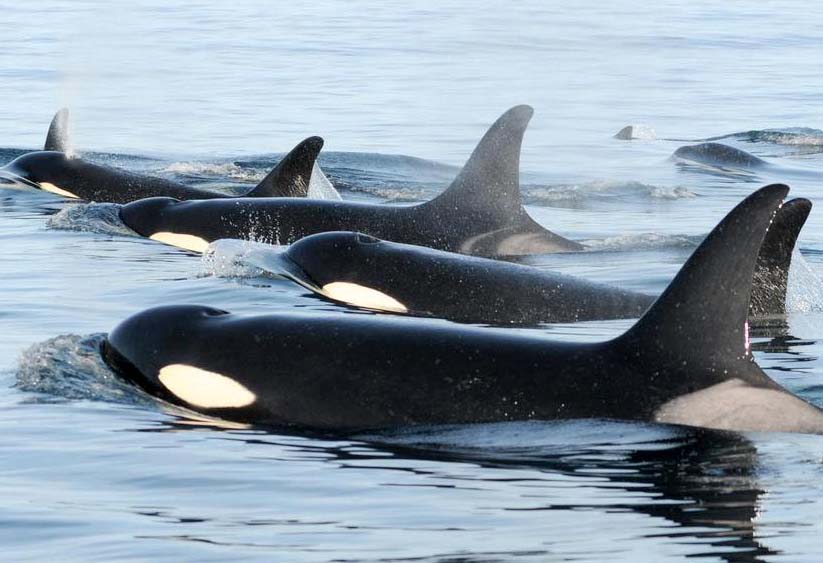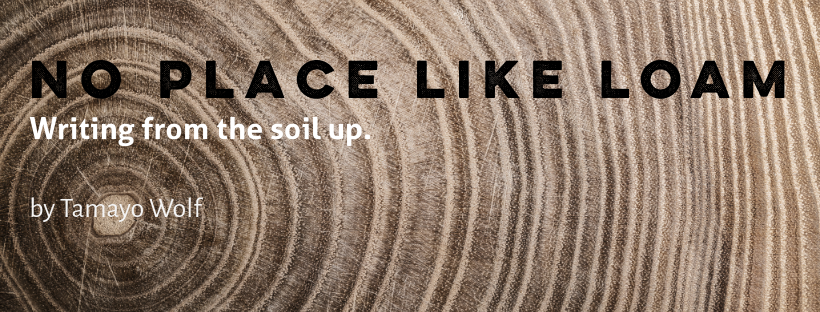— from Center for Whale Research –

SRKW surfacing blow
This article first appeared in the June 2018 issue of the WHALE Report (CWR Member’s exclusive quarterly newsletter). This newsletter is full of compelling information and magnificent photographs of the whales. If you aren’t already a CWR Member, you may want to consider becoming one. Your financial support helps us continue our studies and speak out on behalf of the Southern Resident orcas.
While Southern Resident orcas are mostly quiet at the ocean surface (except for their surfacing “blow” and when they generate loud sounds from slapping and splashing the surface water), they are not as quiet as you might think when they’re underwater. When the SRKWs disappear underwater, it’s difficult for them to see each other and where they are heading. In this habitat, underwater visibility is typically no more than 50 meters, and at night is minimal. However, all of the Southern Residents still must communicate with one another, and navigate and hunt for food. Making noise is how they solve these problems. Sound travels very efficiently below the ocean surface and doesn’t discern day and night.
J, K, and L pod use echolocation clicks to navigate and locate prey, and various pulsed call types and tonal whistles to communicate (calls seem to be more common than whistles). Researchers have identified at least 25 call types; while not all SRKWs use all calls, they seem to be able to understand the entire language. Researchers have given each of the call types a letter and number designation (e.g., S1).
SOUNDS MADE BY Southern Resident Killer Whales
Blows: The familiar sound heard when an orca is surfacing (air exchange, exhalation/inhalation); heard and seen by shoreline whale watchers and boaters. Listen to blows on the About Orcas page of whaleresarch.com.
Echolocation: Used for underwater navigation and hunting for prey; referred to as Click Trains. Listen to echolocation clicks, snaps, and pops on the About Orcas page of whaleresarch.com.
Discrete Calls: Used for social communication. Listen to the orcas’ unique call types on the About Orcas page of whaleresarch.com.

SRKWs underwater in the Salish Sea
**If you are reading theOrcasonian for free, thank your fellow islanders. If you would like to support theOrcasonian CLICK HERE to set your modestly-priced, voluntary subscription. Otherwise, no worries; we’re happy to share with you.**







